‘We will bounce back’: Birmingham’s green shoots of recovery are poking through
Birmingham is a resilient city due a pick-me-up and there are already exciting signs, writes Jon Bloomfield

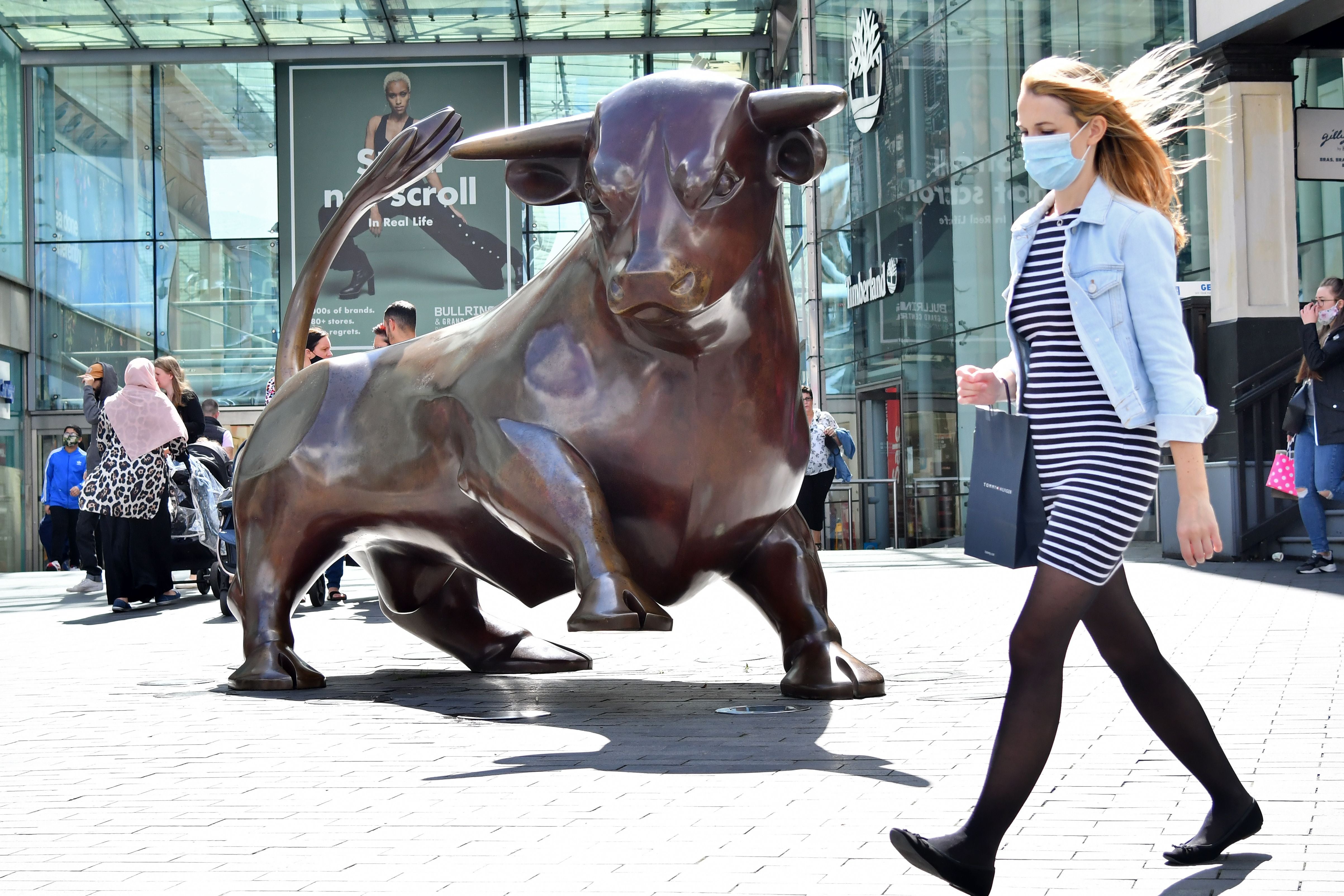
Just 15 months ago Birmingham council leader Ian Ward was in Hong Kong at the MIPIM Asia event (the Oscars of the Asian real estate world), trumpeting the virtues of his city. It was, he believed, the ideal inward investment location for Chinese and Asian investors due to the HS2 high-speed train link and the 2022 Commonwealth Games on the horizon.
Today, however, “it’s like chalk and cheese”, says one senior council official. The city centre resembles a ghost town with the heart of the showcase Bullring retail redevelopment gutted by the permanent closure of key anchor stores, John Lewis and Debenhams. The empty office blocks cast doubt on future plans for city centre redevelopment. “It feels like we’re back to the 1980s.”
The city is certainly in need of a pick-me-up. The Covid pandemic has devastated the local economy. By the end of 2020 more than 80,000 people were unemployed. The city’s unemployment rate of over 15 per cent is double the UK average, while its youth unemployment rate is hovering around 20 per cent. The council official told The Independent that their focus at the moment is “just on business survival”. More than 100 council staff are dealing with the grant applications that have come in from businesses in the city, working out the variations that arise from five different grant regimes set up by the Treasury. The green shoots of recovery cannot come fast enough – and perhaps they are beginning to show.
David Hardman is tall, quiet and unassuming. He has been leading what was Aston science park for the past 12 years. Set up four decades ago as a consortium of Aston University, Lloyds Bank and Birmingham City Council, it has helped Birmingham recover from the ravages of the Thatcherite devastation of the early 1980s. Since then, it has renovated derelict factories and deserted canal land next to the A38 motorway on the edge of the city centre, and developed a hub for new businesses and start-up companies in which 750 people are now employed.
Over the past 10 years Hardman has given the park – now identified as the Innovation Birmingham Campus – a digital, hi-tech focus, reinforced when Bruntwood Sci-Tech acquired the site from the city council in April 2018. Unlike the cash-strapped local authority, Bruntwood SciTech, a joint venture between Bruntwood and Legal & General, has the capital to invest on the site and develop it into a thriving innovation district.
With Bruntwood’s ambition and capital, Hardman is now fronting two key developments in the city: Enterprise Wharf, which extends the present campus; and turning the old Birmingham Battery site into the Birmingham Health Innovation Campus in South Birmingham – in partnership with the University of Birmingham and the main hospitals. Thus, Birmingham has oven-ready investments that over the next few years promise to create scores of new companies and thousands of well-paid, skilled jobs in growth sectors of the economy. There are signs that change is coming, but we’ve been here before.
In the early years of Margaret Thatcher’s government, the city lost more than 200,000 manufacturing jobs as her monetarist medicine caused de-industrialisation that crushed the motor industry, metals and engineering. In the aftermath, the city adopted a strategic approach to invest in growth sectors, people and physical assets.
First, there was the systematic promotion of new areas of economic activity focusing on clusters such as financial services and business tourism. Second, there was a new emphasis on the re-training of industrial workers and equipping new generations with the skills and qualifications necessary to meet changed economic circumstances. Third, there was a determined effort to tackle industrial dereliction and poor physical infrastructure particularly, but not exclusively, around the city centre.
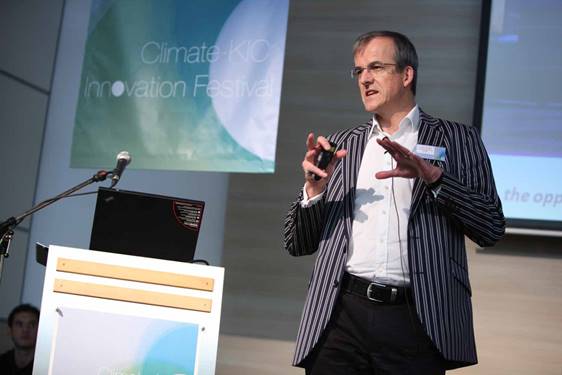
The International Convention Centre (ICC), with its internationally acclaimed concert hall and top-quality conference facilities, opened in 1991 boosting the city’s culture and business tourism. A decade later the iconoclastic Bull Ring shopping centre heralded the renovation of the centre of Birmingham as an attractive retail hub, complemented by the emergence of a flourishing culinary and night-time economy. During these two decades the city’s regeneration was enormously helped by the fact that it was able to invest more than £550m of EU money. These funds enabled long-term planning; provided the capital to get schemes such as the Aston Science Park development off the ground; and acted as a lever to bring in other public and private sector investment.
But can the city bounce back again? Its current plight is severe. The council’s Covid economic recovery plan doesn’t pull its punches: “The crisis has highlighted the full scale of inequalities in our current economy and how vulnerability to economic shocks is unevenly distributed across the population.” It acknowledges that some of the sectoral gains of the past four decades are under grave threat.
Here is a manufacturing company which has recognised that the climate change revolution is an opportunity not a threat
Take three examples. First, business tourism and hospitality have been badly affected by the pandemic. In 2018 there were 42 million visits to the city. The visitor economy generated around £7 billion and supported 76,000 full time equivalent jobs. While some recovery is probable during the coming year, key assets like the NEC and ICC are likely to face profound difficulties way into the future.
Second, the city has grown into a significant regional hub for retail and leisure activity, with 125,000 workers employed. The pandemic has accelerated the shift to online retail with a devastating effect not just on the city-centre but also suburban high streets. Here, the decline in jobs looks structural and permanent.
A third crucial area of vulnerability is the automotive and associated industries. The automotive industry, worth £11 billion to the regional economy, was already in difficulty prior to the current crisis with the collapse of diesels; falling sales in key export markets; and the need to make a swift transition to low carbon vehicle manufacture. With the UK’s exclusion from the EU’s Single Market post-Brexit, the future for the industry appears even more uncertain.
The fate of another post-1980s success story, business, professional and financial services (BPFS) will be crucial to the city’s future. The BPFS cluster has developed into a critical part of the city’s economy, employing 130,000 people and accounting for one-third of the city’s economic output. For a while, the pandemic seemed to threaten the sector but the main property agencies now seem confident that they can weather the storm.
Savills thinks that the longer lockdown has gone on, the more people have realised that working from home is not a long-term solution. They and other property agencies are looking to alter offices into more collaborative work environments. While shrinkage in retail seems inevitable, for offices it looks as though landlords are intending to introduce a wider range of styles and rental arrangements rather than just relying on the traditional multi-year office lease.
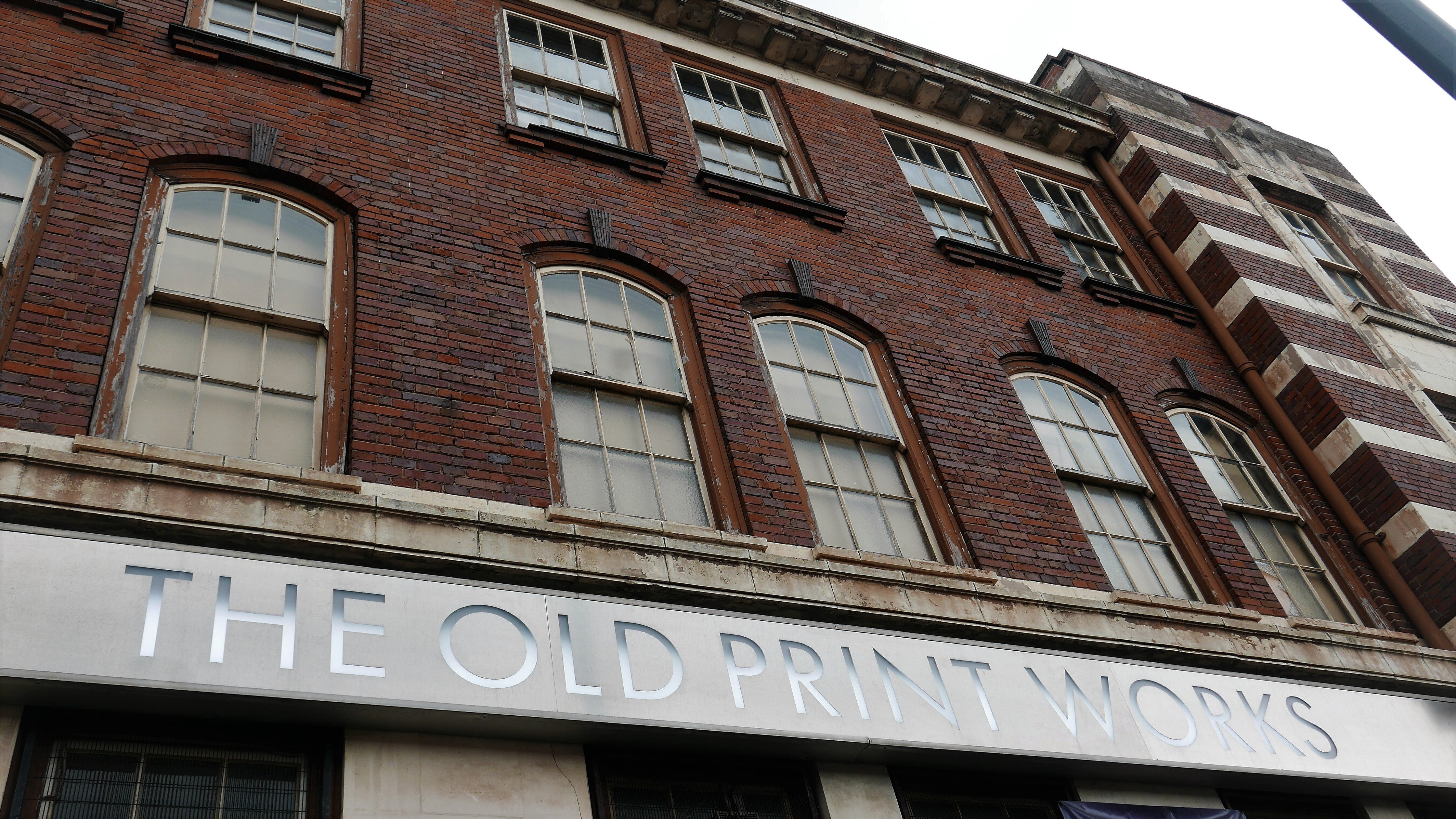
Ben Hughes, the area operations manager for Bruntwood, describes the ways they are re-shaping their city centre office portfolio: “The goal is to make the office environment more homely and welcoming. We are focusing more on employee well-being. We’re offering kitchens and more break-out spaces. We’re no longer looking to cram people in.” The city is confident that its BPFS sector will survive the pandemic. It feels that it is well placed to benefit from relocations from London as BPFS firms and government departments review their business and commercial property requirements and as HS2 and its supply chain move to the city.
But where are the city’s green shoots of recovery and new jobs? The Covid recovery plan highlights potential growth and three clusters have emerged with a higher profile during the pandemic.
9MW
Of energy provided to the national grid by the Tyseley Energy Park using waste wood
Healthcare and life sciences is one where the Greater Birmingham area has a growing reputation. Here major hopes lie with the development of the Birmingham health innovation campus, a new long-term partnership between the University of Birmingham and Bruntwood SciTech. A £210m, 10-year masterplan will develop the campus on an old factory site close to the university. This will provide state-of-the-art lab, office and incubation space acting as a catalyst for the growth of the Midlands’ health and life sciences sector.
The first phase of the development is due to open in May 2023 and by 2030 it is hoped to create up to 10,000 new jobs on the site. Hardman thinks there is great potential but knows this requires a long-term delivery plan. “Working alongside the hospitals and university, the innovation campus will help to align academic, NHS and industry capabilities,” he says. “We’ll be drawing on the region’s technical and engineering legacy too, so that over the medium-term this will give the city region the opportunity to commercialise its assets and grow a strong cluster of companies.”
Low carbon and the environment is another sector where the city has ambitions for a greener economic future. The city and wider region have a strong competitive advantage in the emerging green automotive sector while its recovery plan outlines proposals for new housing built to German zero carbon, “Passiv Haus” standard, as well as the energy efficient refurbishment of the city’s housing stock which could offer lots of building jobs. But it’s the development of the green Tyseley Energy Park that catches the eye.
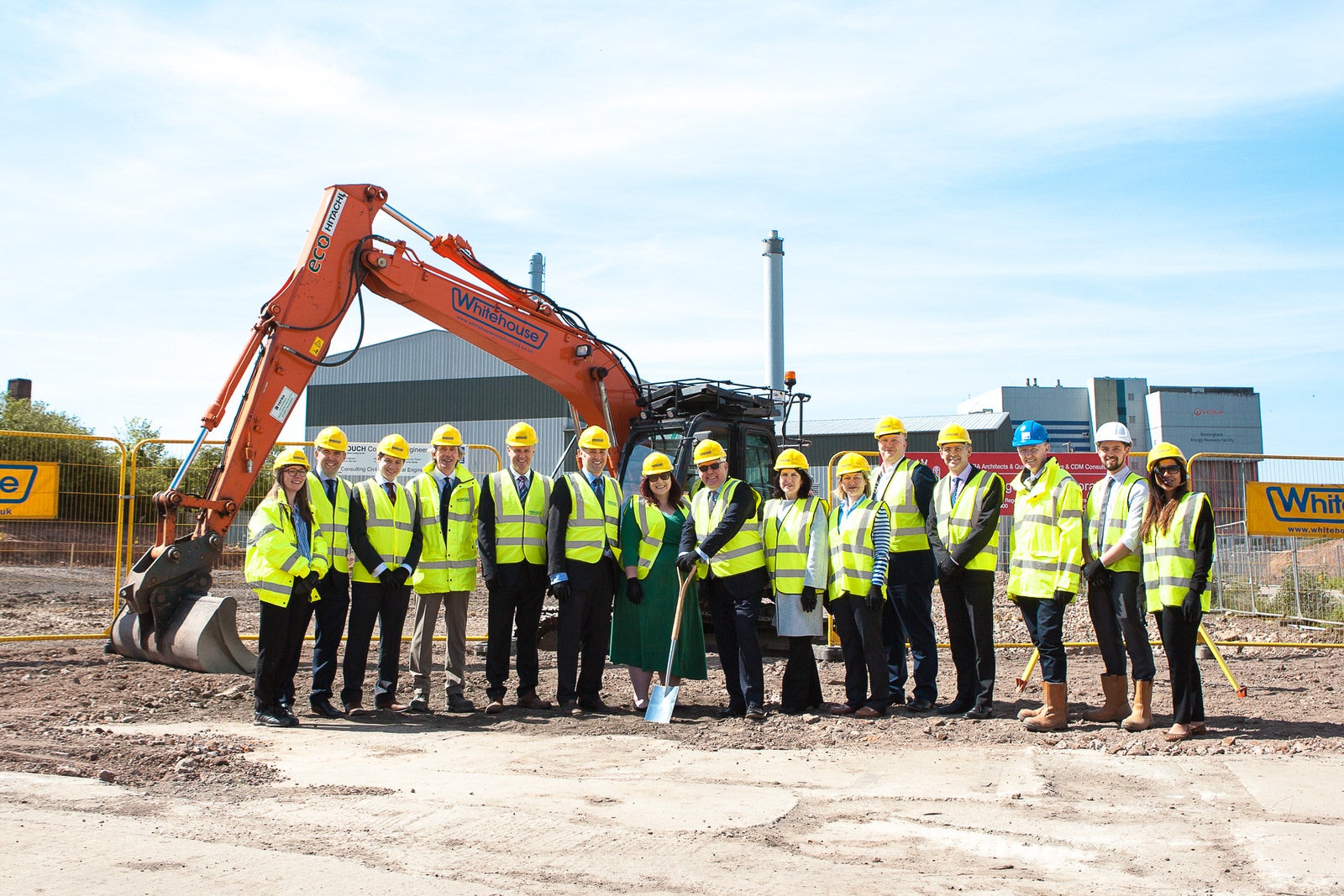
Over the past decade David Horsfall, his brother and cousins have transformed the 300-year-old family metals business, Webster and Horsfall, into Tyseley Energy Park (TEP). Located on a large industrial site in the heart of East Birmingham, TEP represents an all-too-rare example of industrial transition. Here is a company whose core business was in inexorable decline. Today it is becoming a pioneer of the green industrial revolution. After several years of planning, a £47 million bio-mass plant was built on the site which uses waste wood to supply 9MW of energy to the national grid.
This plant gives new rental income to the company, while a power-purchase agreement means that it has been able to slash its own costs by purchasing energy at the wholesale price. The park was ahead of the curve in offering its unused industrial land as a game-changer. In phase two, a novel multiple source refuelling station is gradually being rolled out. It offers a range of fuels – hydrogen, bio-methane, electric, compressed natural gas – to enable trucks, vans and cars to power up. The new fleet of 20 hydrogen buses, which National Express is bringing on stream in spring 2021, will be using the station.
Covid-19 has exposed longstanding inequalities and we cannot simply go back to the way things were. We must heed the lessons of the pandemic
Phase three, the collaboration with Birmingham University on establishing the Birmingham energy innovation centre (BEIC) is scheduled to be completed by April 2021. Due to be fully operational by September the centre will house around 50 PhD students, research assistants/fellows and academics able to use the centre as an experimental test-bed. Nearby will be an energy incubation hub. “We’ve done up 170-year-old offices and factories, providing the low-rent accommodation that start-ups and small companies need,” says Hardman. The university’s Energy Institute will be operating its two Small and Medium-sized Enterprise (SME) support projects from here.
The SME engagement programme will provide expert energy technology support through a team of 14 fellows from the Institute’s research centres. There has been lots of interest from small companies attracted by the combination of decent facilities with on-hand, top-quality scientific and technical advice.
“We’ll have people with knowledge across the whole field: energy, waste, transport, recycling, super-slick labs and industrial space. I see this as linking a whole eco-system together.” In the first stage they are expecting around 20 SMEs to participate. Here is a manufacturing company which has recognised that the climate change revolution is an opportunity not a threat. Tyseley Energy Park offers a signpost to the future.
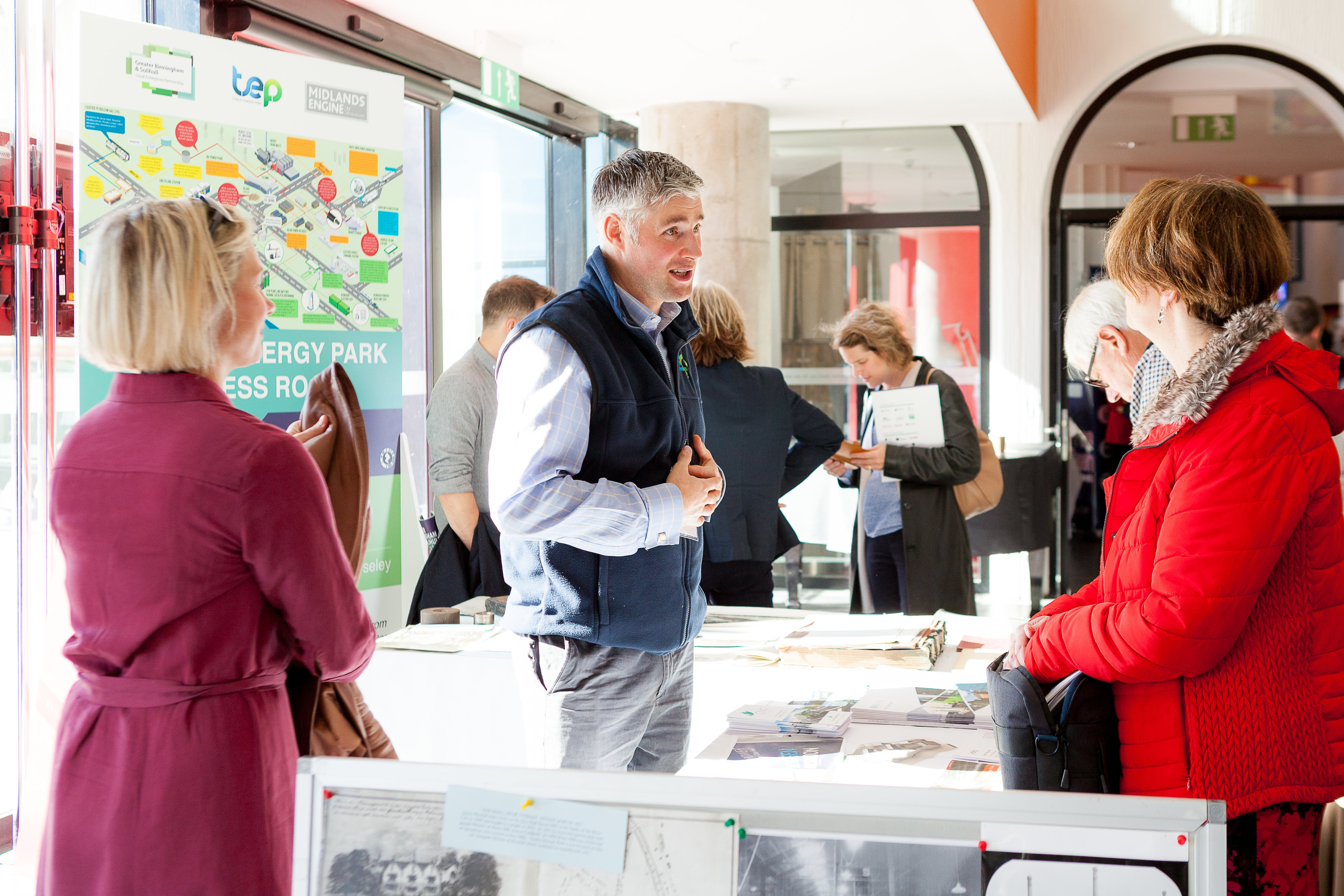
The city also places a big emphasis on its burgeoning digital and creative cluster. The local area is home to around 10,000 digital and creative firms employing nearly 50,000 people. The sector is well placed to take advantage of opportunities emerging from the pandemic such as with EdTech and the recent news that 5PRING, the UK’s first 5G commercial application accelerator programme – led by telecoms giant Telefonica – will become the nation’s inaugural 5G testbed following a successful bid by the West Midlands Combined Authority.
That’s why Hardman is confident that the new £30m Enterprise Wharf will act as a magnet for digital tech entrepreneurs, start-ups, scale-ups and large corporates. He sees the West Midlands as being “home to an ever-expanding digital tech ecosystem. Connecting start-ups with global corporates and the public sector is crucial to its evolution. Enterprise Wharf will help to expand our innovation community and help the sector flourish.”
Economic development and regeneration is not just about glitzy, shiny new developments on purpose-built business parks. Quite often it’s about looking at neighbourhoods, realising the value that lies in existing community assets and turning around derelict buildings. This happens in a variety of ways across the city.
50,000
People employed by digital and creative firms in the city
An early 20th century industrial building lies in an inner-city suburb on the main bus route out of south Birmingham, it is called the Old Print Works. The property owners couldn’t make their plans stack up after the 2008 recession and so they now rent it out on a long-term lease to a charity. Patrick and Hannah are key workers in the charity, which is turning the building into a local community hub with 40 micro companies, charities, makers and artists occupying its studios and more than 20 people signed up to its co-working space. A £152,000 grant from the Local Enterprise Partnership is helping to extend their unit and co-working capacity. “Economically we’re doing very well. Covid has had a positive effect on us in some ways,” says Patrick. “We’ve been very busy, getting lots of enquiries as people think about changing their working lives.”
The Old Print Works mainly attracts sole traders and small companies from the creative and digital sector. “Socially, it’s been harder during the pandemic. People like coming to a place where they can bounce ideas off each other and cross-innovate. We hope when it’s over, we’ll get back to that in the café and shared spaces.” The majority of the co-workers walk, cycle or take the bus to work and Patrick believes that the ideal should be to build a network of similar local community hubs across the city. “The LEP has been very positive and very encouraging. It’s what it should use its local growth fund for.”
Birmingham is looking to revitalise localities across the whole city. Its recovery plan speaks of an Urban Centres Programme which will “stimulate the re-invention of local centres”. This thinking is shaped by the experience of its three year pilot EU USE-IT programme designed to tackle regeneration issues undertaken in deprived parts of West Birmingham.
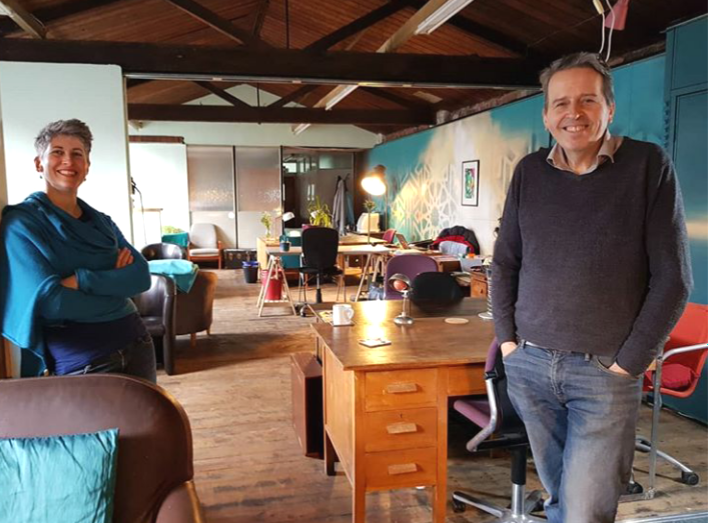
The city has now agreed to apply this model more widely. USE IT co-ordinator Karolina Medwecka is now charged with applying this thinking across the whole of east Birmingham. The plan focuses on “Local Wealth Building”. The Birmingham Anchor Institution Network brings together key stakeholders such as hospitals with a commitment to keep spending local and build up social enterprises. It is also looking to ensure that procurement contracts are focused on local unemployed residents. Medwecka gives me examples. On an outer-estate they have linked a housing association where many tenants have lost their jobs in hospitality with the main hospital trust, so that the trust undertakes its pre-employment outreach work with them and helps to show that there are many non-medical jobs available through the trust.
They are running a trial project with a black youth organisation in Nechells, a district in central Birmingham, using its credentials and connections to help police to recruit local black and Asian residents. And they are renovating an under-used building in Ward End Park to become an employment hub connecting people in the community to local jobs. She and her colleague, Conrad Parke, are confident that this USE IT model can be applied more widely.
“We have to create the bridge to facilitate recruitment between the local community and the employment opportunities in its area,” she says. “We are working within existing resources but seeking to align the big organisations with the people on the ground. This is a regeneration model that works. We’re linking anchor institutions with micro-assets and people on the ground.”
No one is under any illusions that there’s a tough time ahead but as in the 1980s there is a confidence that the city can pull through. Council leader Ward is cautiously optimistic: “Birmingham has always been a resilient city and we will bounce back. We’re well placed to grow businesses and jobs in new industries and the green economy, while the Commonwealth Games next year gives us a chance to take the global spotlight.”
Funding remains a big issue now that the EU’s money has gone. Central government has yet to confirm either the size of its replacement programme or how much the decisions will be taken by local stakeholders. There is plenty of energy and talent across the city and lots of collaboration between local stakeholders. But Ward knows that “Covid-19 has exposed longstanding inequalities and we cannot simply go back to the way things were. We must heed the lessons of the pandemic, ensuring that our recovery benefits every single community. Our recovery will be about building a fairer Birmingham to improve the lives and life chances of everyone, right across the city.”
Jon Bloomfield is an honorary research fellow at the Institute of Local Government Studies, University of Birmingham, and author of ‘Our City: Migrants and the Making of Modern Birmingham’



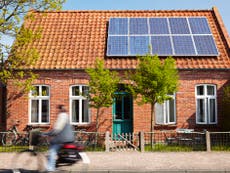
Join our commenting forum
Join thought-provoking conversations, follow other Independent readers and see their replies
Comments